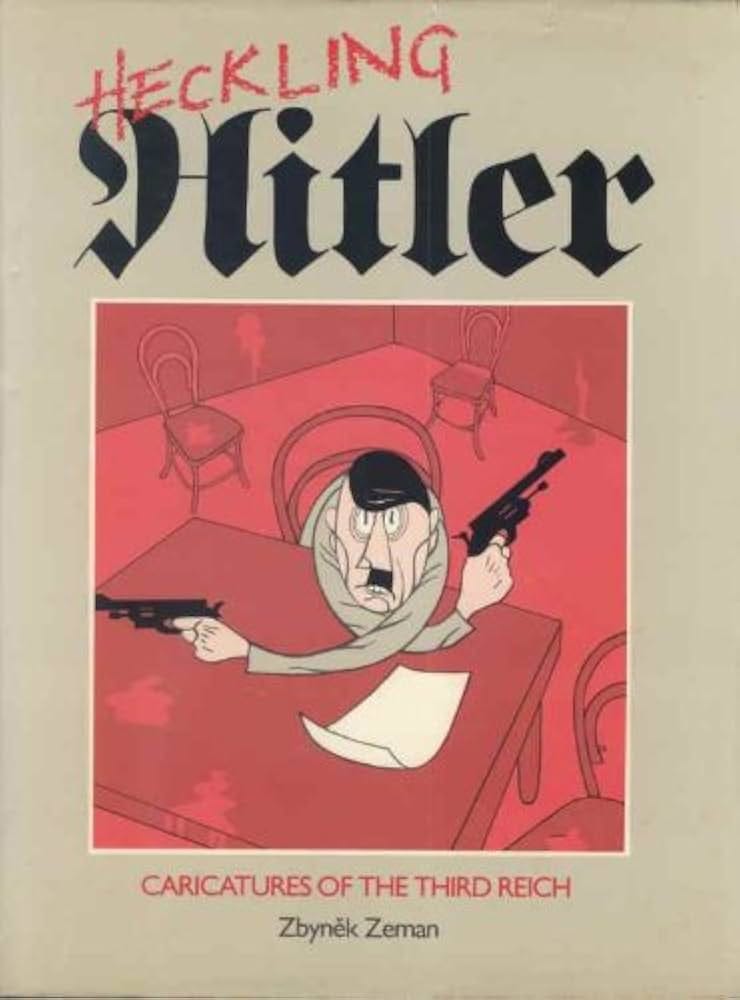Humor: Its Nature
At Home with the Glynns, Chapter 15:
“People always laughed, even the people he drew. They were flattered to have him make their pictures. They were happy to join in the laughter at themselves because—because they were—people. We like attention, you know, people, and we know how ridiculous we are. It’s one of the ways you can spot us. You catch us laughing, and you know we’re human.” She leaned toward me through the smoke. “It’s a dead giveaway,” she said.
Ben Shahn, “The Gallic Laughter of André François,” Horizon, Vol. 1, No. 5, May 1959
Humor itself is not—never was—mere jocularity. Humor is a way of feeling about life, and when humor is great it is almost never without one of its opposite moods—tenderness, tragedy, concern for man’s condition, recognition of man’s frailties, sympathy with his idealism. Think of how closely the performances of Charlie Chaplin skirted the borders of sadness—which is, of course, the reason why he was always a great comedian, not just an entertainer. Humor was intrinsic in the style of Klee, the great stylist. Humor, bitter humor, was the informing spirit of James Ensor. It ran like a fire through the most powerful works of Goya, with their sardonic laughter at cruelty and injustice. Humor is present in the penetratingly realistic portraits of Velázquez, too, and in those of Eakins. Humor, that in-seeing kind of humor, accounts for the unrealistic style of Kokoschka; humor is present in every object and every painting that Picasso has ever made. Humor, then, one might say, is an eruption stemming straight out of keen understanding and often out of hurt idealism.
Humor: As a Weapon: Caricature
At Home with the Glynns, Chapter 15:
She poured a little more into the tiny tumbler.
“Then those Fascists came in,” she said. “Andrew made such comical pictures of them all—those Fascists. For the papers, you understand. And then, pretty soon, they ran all the papers—those Fascists. And they didn’t want to look comical. So he made his drawings for the walls. Huge. […] Huge caricatures, and more comical than ever. He painted by night. And he signed his pictures with a little drawing of a bat.”
Publishers Weekly [lightly edited]:
Oxford history professor Zeman here collects 178 critical political drawings of Hitler and his henchmen. He displays the cartoons chronologically and places them in their historical context, presenting evidence of how public opinion was shaped in part by such artists as George Grosz, David Low, and the St. Louis Post-Dispatch’s David Fitzpatrick. Several artists are featured in capsule biographies, including Josef Capek (who spent most of the war in a concentration camp and died in a 1945 forced march) and the photomontagist John Heartfield (who fled to London, where he became a designer for Penguin Books).
See also:
Humor: Shaggy Dog Story: The Three Rabbits TG 150; Pun: Extended or Epic Pun TG 150; Humor: “A Sense of Humor”: Value of TG 413; Humor: the Knack for Creating; Humorous: the Knack for Being; Eutrapelia TG 468; Parody TG 492; Ridiculous versus Ludicrous TG 807
Have you missed an episode or two or several?
You can begin reading at the beginning or you can catch up by visiting the archive or consulting the index to the Topical Guide. The Substack serialization of Little Follies begins here; Herb ’n’ Lorna begins here; Reservations Recommended begins here; Where Do You Stop? begins here; What a Piece of Work I Am begins here; At Home with the Glynns begins here.
You can listen to the episodes on the Personal History podcast. Begin at the beginning or scroll through the episodes to find what you’ve missed. The Substack podcast reading of Little Follies begins here; Herb ’n’ Lorna begins here; Reservations Recommended begins here; Where Do You Stop? begins here; What a Piece of Work I Am begins here; At Home with the Glynns begins here.
You can listen to “My Mother Takes a Tumble” and “Do Clams Bite?” complete and uninterrupted as audiobooks through YouTube.
You can ensure that you never miss a future issue by getting a free subscription. (You can help support the work by choosing a paid subscription instead.)
At Apple Books you can download free eBooks of Little Follies, Herb ’n’ Lorna, Reservations Recommended, and Where Do You Stop? and What a Piece of Work I Am.
You’ll find overviews of the entire work in An Introduction to The Personal History, Adventures, Experiences & Observations of Peter Leroy (a pdf document), The Origin Story (here on substack), Between the Lines (a video, here on Substack), and at Encyclopedia.com.



